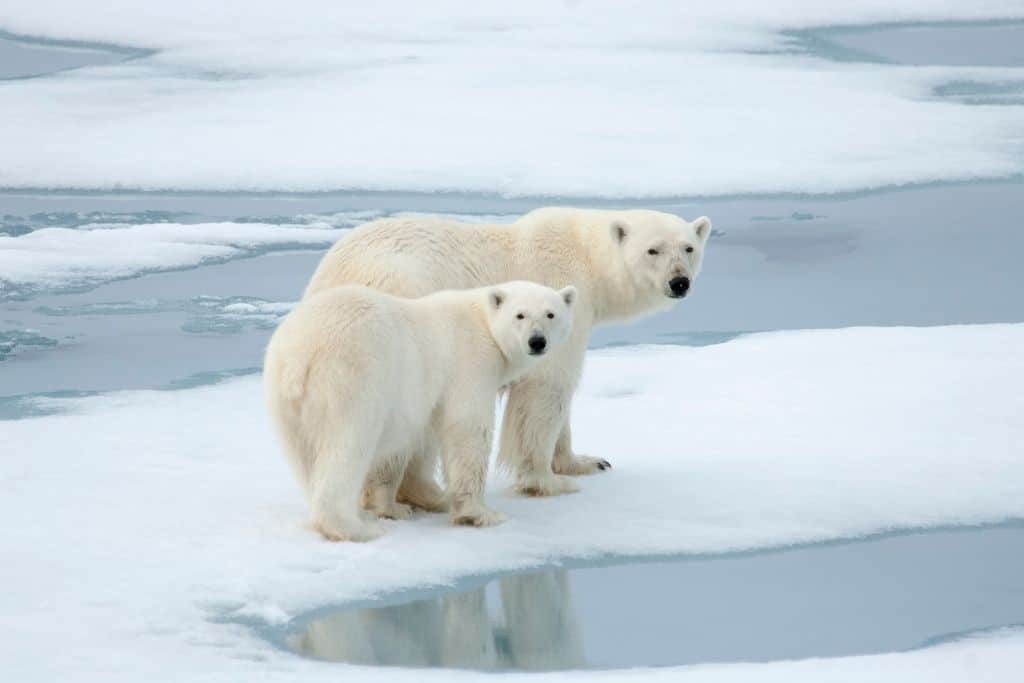Polar bears are facing challenges due to climate change and human activities in the Arctic, leading to a decline in their population. Efforts are being made to protect these majestic creatures by monitoring their population, behavior, and habitat, as well as raising awareness about their plight. Research is crucial in understanding the impact of climate change on polar bears and their habitat, with conservationists working to reduce human impacts through regulations and eco-friendly practices. By preserving the Arctic ecosystem and reducing human disturbance, we can ensure the survival of polar bears and other vulnerable species for future generations.
The Plight of the Polar Bears: Efforts to Preserve Arctic Wildlife
Introduction
Polar bears, the largest land predators on Earth, are facing unprecedented challenges due to climate change and human activities in the Arctic region. The rapid melting of the sea ice, their primary habitat, is causing a decline in the polar bear population. In the face of this crisis, various efforts are being made to preserve Arctic wildlife, with a particular focus on protecting these majestic creatures.
Climate Change and Polar Bears
Climate change is the primary threat to polar bears as their survival is intricately linked to the Arctic sea ice. The rapid rise in global temperatures has led to a significant reduction in the extent and thickness of sea ice in the Arctic, where polar bears hunt for seals, their main food source. This loss of sea ice not only affects their ability to hunt but also forces them to travel longer distances, expending more energy and reducing their chances of successful reproduction.
Conservation Efforts
Various organizations and governments are working together to address the challenges facing polar bears and other Arctic wildlife. Conservation efforts include monitoring the polar bear population, studying their behavior and habitat use, and implementing measures to reduce human impacts on their environment. In addition, conservationists are also working to raise awareness about the plight of polar bears and the importance of preserving their habitat.
Research and Monitoring
Research plays a crucial role in understanding the impact of climate change on polar bears and their habitat. Scientists are using satellite tracking devices and other technology to monitor the movements and behavior of polar bears, as well as studying how changes in sea ice affect their hunting and breeding patterns. This data is essential for developing conservation strategies and informing policymakers about the need to protect Arctic wildlife.
Reducing Human Impacts
Human activities such as oil and gas exploration, shipping, and tourism are also posing threats to polar bears and their habitat. Conservationists are working to minimize these impacts by implementing regulations and guidelines for industry practices, as well as promoting eco-friendly tourism that respects the natural environment and wildlife. By reducing human disturbance in the Arctic, we can help ensure the survival of polar bears and other vulnerable species.
Conclusion
The plight of the polar bears is a stark reminder of the urgent need to address climate change and protect Arctic wildlife. By working together to preserve their habitat and reduce human impacts, we can help ensure the survival of these iconic creatures for future generations to appreciate and admire. Let us continue to support efforts to preserve the Arctic ecosystem and the majestic polar bears that call it home.
